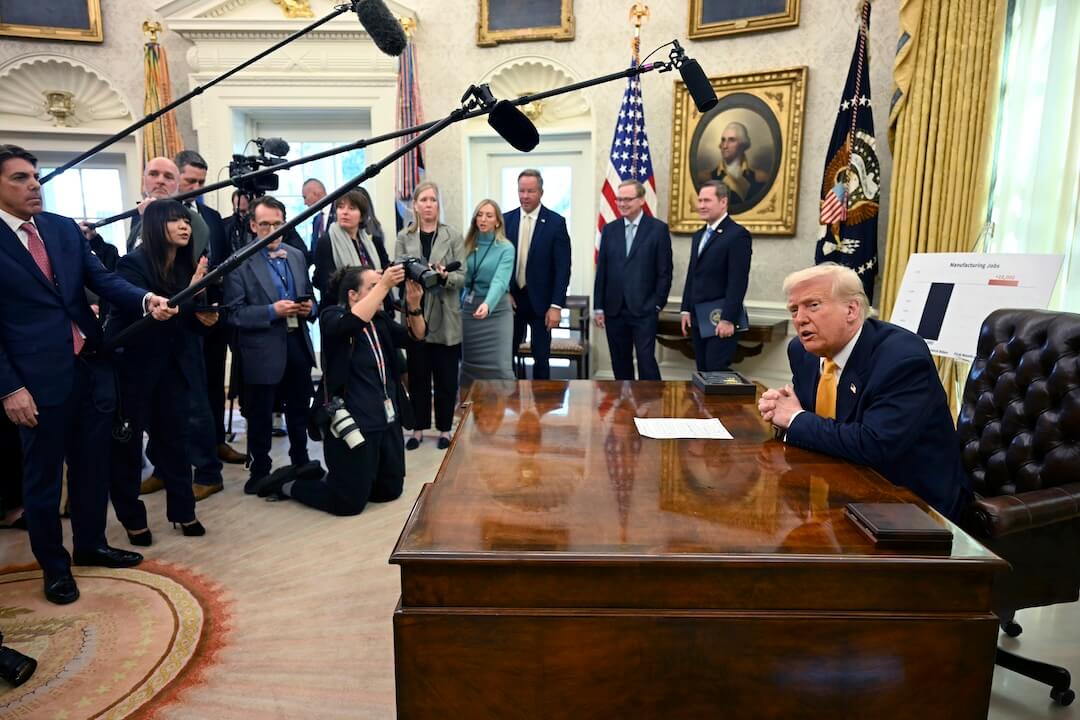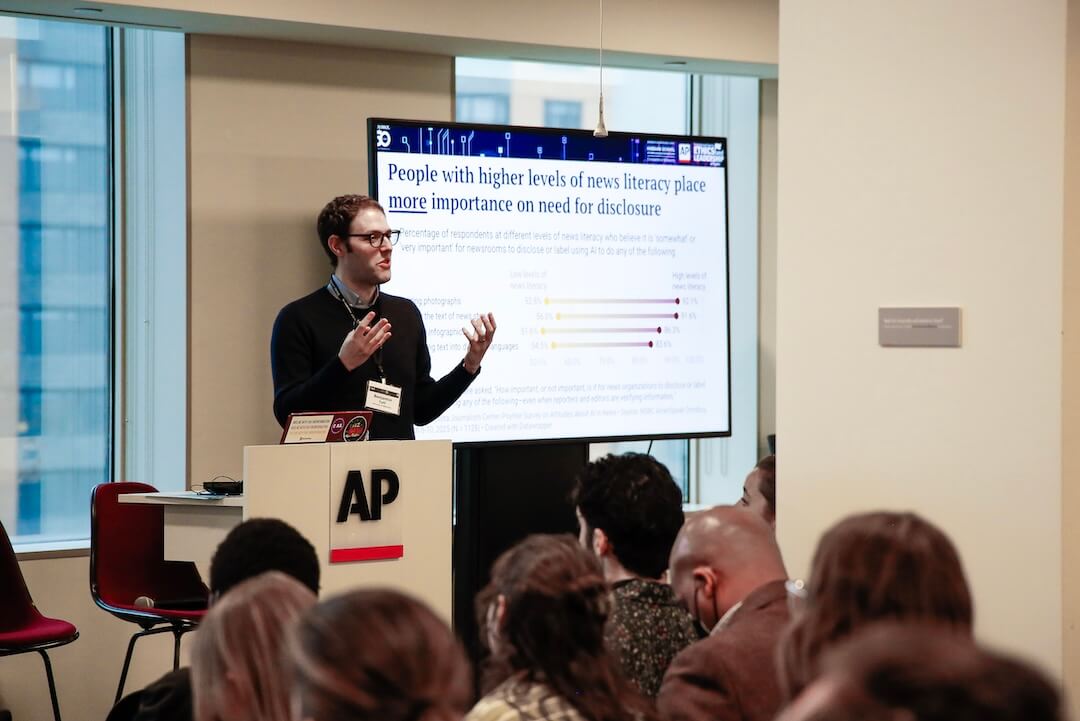Now that Queen Elizabeth II is at her rest, I am moved to make sense of the news coverage, not as a critic, but as a member of the audience.
I did not watch much of the live coverage or the special reports, but I caught the key elements as reported in my newspaper, on CNN, NPR, and, especially, NBC — on the “Today” show and the “Nightly News.”
As a news consumer, I want to know stuff. Most often, I enter the news reports interested and leave generally satisfied, feeling like I know enough. At times, I want to know more, or want to better understand what it means. On occasion, I am disappointed. I have been known to yell in frustration at the television screen.
This is a prologue to what I found most interesting or most compelling in the coverage. As I made a list, I was at first surprised by the items on it. They were small things. Or were they?
The late Jim Dwyer of The New York Times, who covered the terrorist attacks on the World Trade Center, taught me a lesson he learned from an editor: “The bigger, the smaller.” How do you cover something as big as the attacks on 9/11? Dwyer did it by finding items that had stories hiding inside of them: a window washer’s squeegee, a family photo in the rubble, a lost pen, a cup of water given to a stranger.
Here are the items from the queen’s funeral that I remember most:
- A child princess dressed in black wearing a broach given to her by her grandmother.
- Two beloved corgi dogs, watching their queen for the last time.
- A tear wiped from the eye of the new king.
- A member of the guard who fainted and fell on his face.
- A personal note left atop the flowers on the coffin from Charles to his mother.
- A tiny spider that crawled across that note.
The great writer and editor of The Wall Street Journal, Bill Blundell, once asked a group of reporters, “What do people find most interesting? What grabs their attention?” His answer, delivered decades before the existence of social media, was this: “People pay attention to dogs, cats, and cute children.” Did Blundell, not Al Gore, invent the internet?
When you see my list, you may ask, But what about tradition, dynasty, legacy, continuity, ceremony, constitutional monarchy and national identity? What about obsolescence, imperialism and anti-colonialism? What about pomp and pomposity?
In those questions, I have offered you a dozen abstractions, words that convey great meaning at the top of the ladder of language. They are words that can give a story altitude, but they are words we cannot see, or touch, or smell. They are words that beg for examples.
Let’s take that beautiful spider. Its astonishing appearance at a climactic moment of the funeral was a welcomed reminder that not everything is under our control.
I can argue, without proof, that the events surrounding the death of the queen may have been the most artificial in human history. Here I do not mean that they lacked sincerity. Quite the contrary. I mean that they were created by human beings, the careful work of artists and artisans, from the costumes and uniforms, to the vehicles, to the choreographed steps, to the music, to the stained glass windows, to the castle walls and cathedral spires that reached to the heavens.
That an uninvited visitor from the natural world would appear from those funereal flowers and crawl across King Charles’s note to his mum is an itsy-bitsy reminder of where we came from and where we are all headed.
As for Princess Charlotte, among all the key players, I found her the most fascinating. I can’t remember any of my three young daughters dressed in black for any occasion. But there was Charlotte, all in black with what looked like a small horseshoe-shaped broach from her granny. She has been impressive for a while now in the way she keeps learning and exercising the protocols of courtly behavior, including when to bow and when to curtsy.
She is 7, I think, and her older brother George is 9. That did not stop her from nudging the future king to shape up when he needed it. Is Charlotte just another obnoxious little sister, or the spare to the heir with a flare we will be watching for the next seven decades?
It was compelling to see people in the streets moved by the passing (by car and from life) of the queen. More moving was to see the new king wipe a single tear from his eye as those in attendance sang the national anthem with the revised chorus “God save the King.” I’ve often thought of Charles as kind of stuffy, for reasons I don’t think necessary to explain. All the more reason to find his emotion compelling.
Finally, we come to the queen’s beloved Pembroke Welsh corgis. Two of them were brought out of Windsor Castle to view the funeral cortege. I was delighted to see that multiple reports included the names of the dogs, Muick and Sandy.
A report from Marie Claire notes that during her reign, the queen had 30 corgis. Some of their names were traditional, and some were around the bend: Monty, Susan, Holly, Emma, Linnet, Noble, Willow, Heather, Candy, Sugar, Fox, Bushy, Brush, Honey, Whisky, Sherry, Vulcan, Cider, Berry, Flash, Spick, Span, Tiny and … wait for it: Bisto Oxo (brand names for food products in the United Kingdom).
In closing, these little details sprinkled across coverage that is appropriately sober, somber and historic mean a lot. They reward readers. They focus our attention, like a tiny broach on a black dress on a little girl, or like a spider on a white notecard.
Want to read more about using little details to tell big stories? Check out Roy Peter Clark’s latest book, “Tell It Like It Is: A Guide to Clear and Honest Writing,” available April 11 from Little, Brown.







